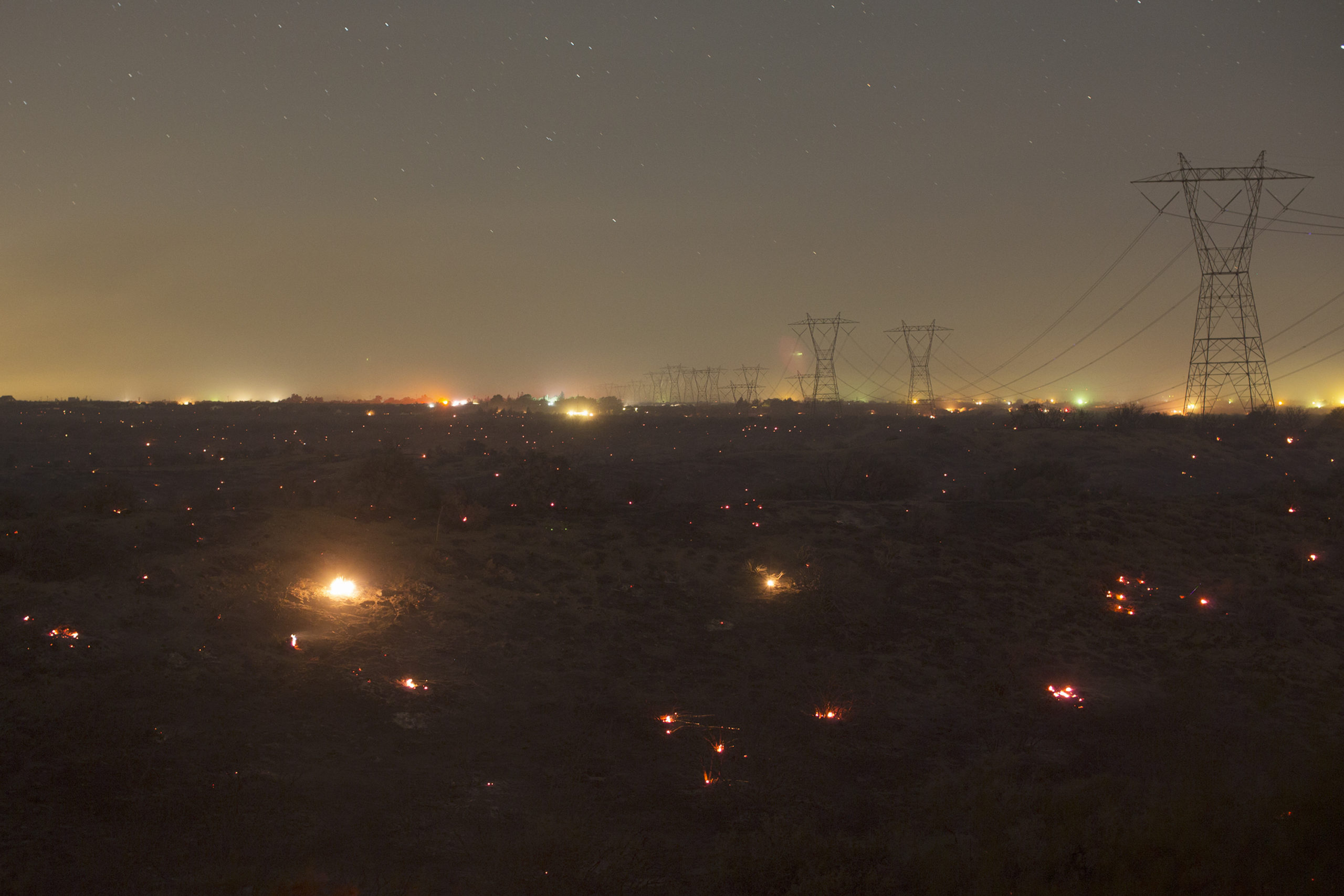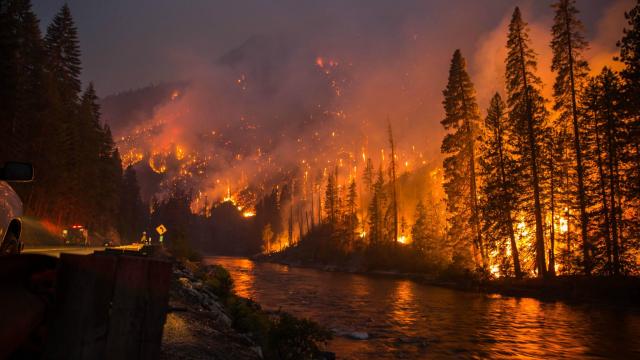It’s a growing mystery: Why aren’t we more concerned about the increasing severity and frequency of natural disasters? A study published this week reveals all that disaster coverage is, paradoxically, increasing our “appetite for risk.” Uh oh.
The study was published this week in Nature: Climate Change, and was led by Ben Newell — a professor of psychology at the University of New South Wales who studies how humans make decisions. In this study, he and his co-authors set out to observe how news of a severe natural disaster affected peoples’ willingness to live in risky regions. How does reading about disasters like storms, earthquakes, and floods in the news change how you feel about living in a risk zone?
“A common response is to assume that more information is better, and that providing summaries of risk levels will lead people to reduce their exposure to relevant risks,” Newell writes in a release about the work. “Data from field studies on non-climate-related disasters, however, point to the opposite effect.” So news and information about risks seems to actually makes people less likely to try to protect themselves.
To test that idea, they set up a board game-style simulation. Subjects had to choose to live in one of three regions, or “microworlds,” each with its own level of risk and reward. One was super safe but didn’t get subjects many “reward” points. One had good rewards, but a moderate disaster risk. A third had more rare catastrophes, but they were very bad. They played 400 rounds of this “game,” where they chose where to live based on one of three sources of information: personal experience (when their own house was hit by a disaster), local sources (their neighbours were hit), or the news (if one of the other towns was hit).

Miami Beach flooding. Photo by Joe Raedle/Getty Images.
The odd thing was, when subjects learned about disasters across all the villages, they were actually more willing to live in risky villages. In the words of the authors, the news “increased participants’ appetite for risk.”
So what’s going on here? Do we just have a death wish? Is this an egregious case of FOMO? Or are our brains making a subconscious and flawed assumption that if it happened recently, it’s unlikely to happen again?
According to the authors it has more to do with the latter (after all, Newell does study the nuances of decision making). They say that the news reports of disasters in other locations has an important underlying message for many of us: ”most of the time, nothing ‘bad’ happens in the risky areas.” So by hearing about disasters across the world, from tsunamis to wildfires, we’re acclimated to the idea that catastrophes do happen, but rarely.

Victorville, California. Photo by David McNew/Getty Images.
This observation has big, big implications for the cities and governments trying to prepare for increasingly frequent and severe disasters. And the study ends by making a few suggestions: We need to stop talking about these severe events as single aberrations. That means describing them on a longer time spectrum, including other disasters, to reinforce that the trend is increasing. Stop using phrases like “one-100-year-storm,” they add, since it makes each storm or disaster seem like a discrete event, and start talking about long-term trends.
Plenty of people have expressed consternation about why the last few years’ widely-publicized fires, floods, hurricanes, and other weather events haven’t scared more people. But it seems that while the horror of the first-person accounts, the endless photo essays, and “look-back” essays about these disasters have an insidious effect: They subtly reinforce the idea that “most of the time,” we’re safe. That’s true — we are, these days — but the problem is how to express the downward slope of that trend over the next century, or ten.
You can read the full paper in Nature: Climate Change. Lead image of the Chiwaukum Fire, in July 2014, by the Washington State Department of Natural Resources.
